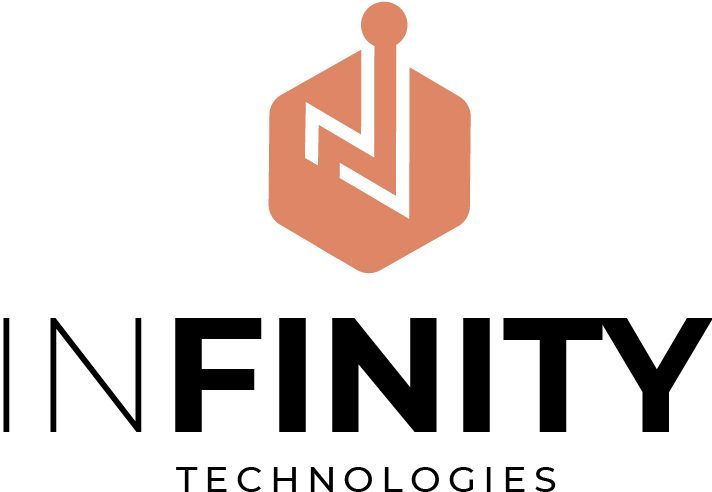We live in a time of digital chaos.
Companies are exploring new social media platforms. They’re creating emails that people will open and sharing content. There is often no way out of this madness.
This let’s-throw-stuff-at-the-wall-and-see-what-sticks approach can yield positive results, but it’s not sustainable, measurable, or necessarily connected to the organization’s business objectives.
Digital marketing strategies are now available.
A strategy can be sliced and diced in many different ways. It must be a blueprint, a structure, or a road map. You can call it whatever you like, but it must be well-structured to keep track of email growth flexible enough to allow you to pivot if necessary.
I have a 10-step process that creates a digital strategy. It is not overwhelming or difficult and meets most organizations’ needs.
Define Your “Why ?”
All of it starts here. Why does your organization exist? Although it may seem like an easy question, you need to dig deeper to find the answer. This is more than the 10,000-foot view of the brand. It’s the 100,000-foot perspective. What’s the purpose of what your company does?
Simon Sinek’s TED Talk shows how to find the “why”. He uses his golden circle method, and I wrote about it last week. He connects the dots between extraordinary leaders and exceptional brands. People don’t buy what you do; they buy why it is done.
It will be much easier to craft a compelling brand story, authentic messages and engaging content once you have identified the “Why” of your organization.
Tell your brand story according to studies, and consumers interact with up to 20,000 brands daily. Only 12 brands leave an impression. To be among the 12 brands that matter to consumers, 73% want, you need a brand story that resonates with people. No matter if you’re for-profit or nonprofit, compelling stories are what make the difference.
A simple way to think of your brand story is to communicate your brand promise to your audience. This statement identifies their expectations from your company and sets out what you will do for them.
Define your goals
I had the opportunity to speak with the Chief Marketing Officer at a large international nonprofit about investing in a digital strategy. I asked her, “What are your top 3 goals?” She replied, “We have only one goal: To end world hunger.”
Well, that’s… admirable. But, you need to set achievable goals and measure the short and longer-term results. Only then will you know if your efforts were successful.
Are you looking to increase online donations by 25%? Are you looking to gather 10,000 signatures for your online petition? Are you looking to get more people to sign your online petition?
Be SMART! Your goals should be specific, measurable and attainable.
Identify your top three goals. These goals should be written down. These should be repeated over and over. These will help you plan your strategy.
Create Audience Personas
To tell a story that resonates, you must first understand your audience. This requires more than just brainstorming.
You should create three to four personas based on who you want to attract. The complete persona will include the person’s career, background, values, goals, reservations and decision-making tendencies.
Make a Journey Map
After identifying your target audience, the next step is creating a journey map. A journey map can help you to understand how people interact with you online and the potential for new interactions.
These are the questions you should ask.
- What is the first place a user encounters your company online or offline?
- Which touchpoints are most crucial when a user takes a decision?
- What makes them go away, and what makes them return?
Your journey map will be more detailed if you understand your audience’s habits and behaviour better. Your digital strategy will be more flexible if your journey map is more detailed.




